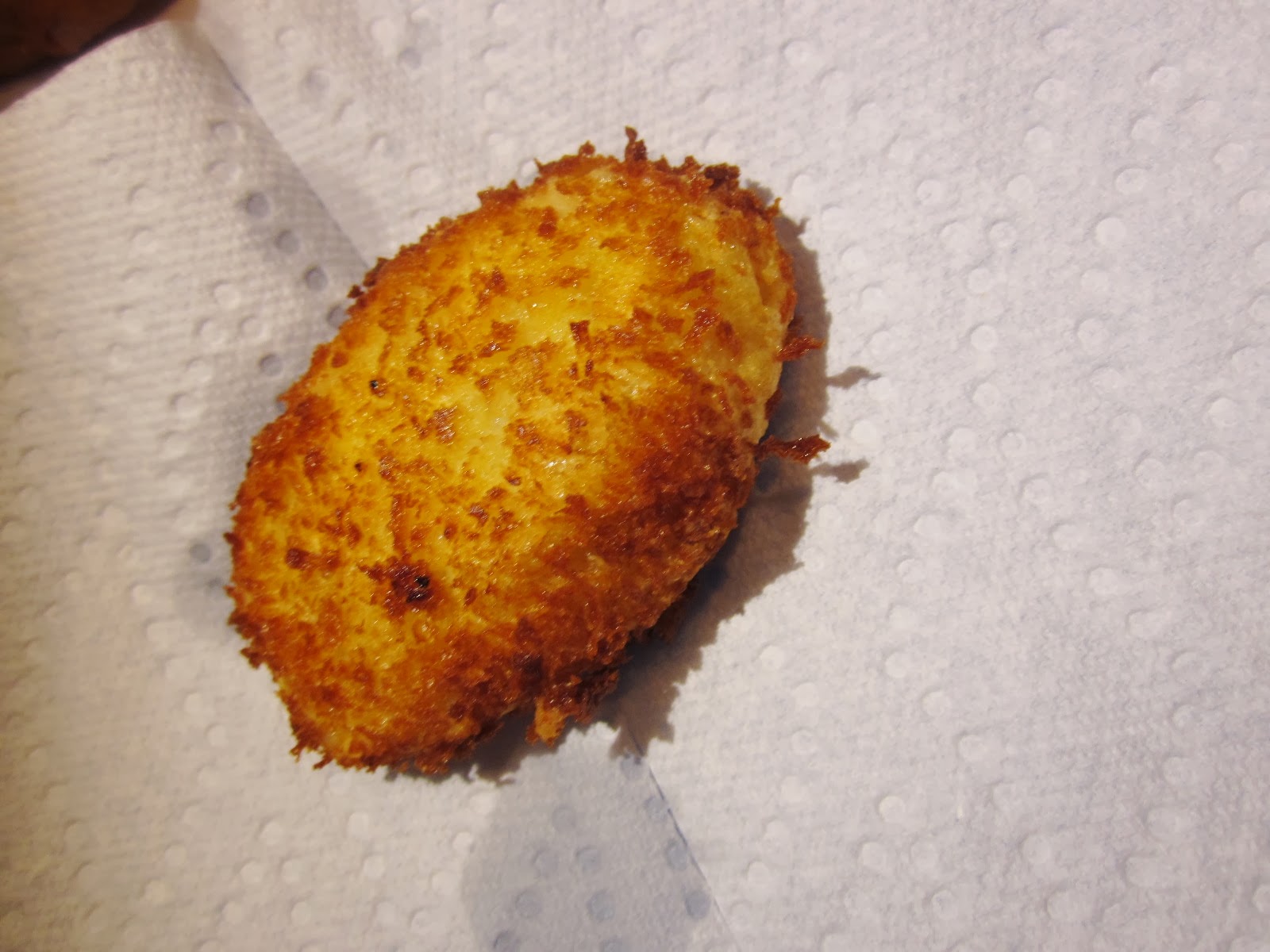Several years ago my Vietnamese sister-in-law taught my family how to make fresh spring rolls, and they've been a regular on our table ever since. The beauty of spring rolls is that you can fill them with almost anything you like. Shrimp, tofu, chicken, avocado, but the original recipe she taught us called for boiled pork... which doesn't sound appetizing to most people, but for a dish served cold, I think it's the best way to go.
So, on with you, my dear readers! A bite of springtime is just about 20 minutes away! (Unless you live in Minnesota, then it's about 20 weeks away.)
Fresh Pork Spring Rolls
Serves 6
- 1 lb. thin-cut boneless pork loin
- 2-3 large carrots, peeled and cut into matchstick sized pieces
- 1 cucumber, peeled and seeded, cut into matchsticks
- a few green lettuce leaves, chopped (try not to use iceberg)
- 2 oz. rice vermicelli (I like the kind in the pink fishnet bags, you can get them in most ethnic sections of grocery stores, 2 oz. is about "two sections")
- rice paper wrappers
- cilantro (opt.)
- sweet chili sauce or peanut sauce for dipping
Boil another pot of water and let the rice vermicelli cook about 5 minutes, until noodles are translucent. Drain and rinse with cold water.
Set up a wrapping station, prepare a large bowl of warm water, large enough to submerge the rice paper wrappers in without them breaking. There is no 100% right way to do this, but this way works for me the best!
1. Submerge the rice paper wrapper for several seconds in the warm water and lay onto a large plate. You're going to have to get good timing so the rice paper is malleable enough to shape and roll, but not already thin and fragile!
2. Stretch out about 1/8 c. clump of cooked rice vermicelli close to the base of the paper, giving it about 1-2 inches of space from the edges. Add a few slices of cooked pork, carrots, cucumbers, and a couple cilantro leaves if desired.
3. Roll! Carefully fold the bottom half over the ingredients, and squeeze it snug at the base to keep the filling tight and compact. Roll it about halfway, and then fold the right and left wings of the wrapper in towards the center. Finish the roll and keep compressing as you go to ensure everything is wrapped tightly. This might take a few tries at first, but trust me, you'll get better!
Note: If you've ever worked at a sandwich shop, butcher, made a burrito, or worked in some sort of restaurant... it's that method.
4. Serve with sweet chili or peanut sauce and enjoy!







































